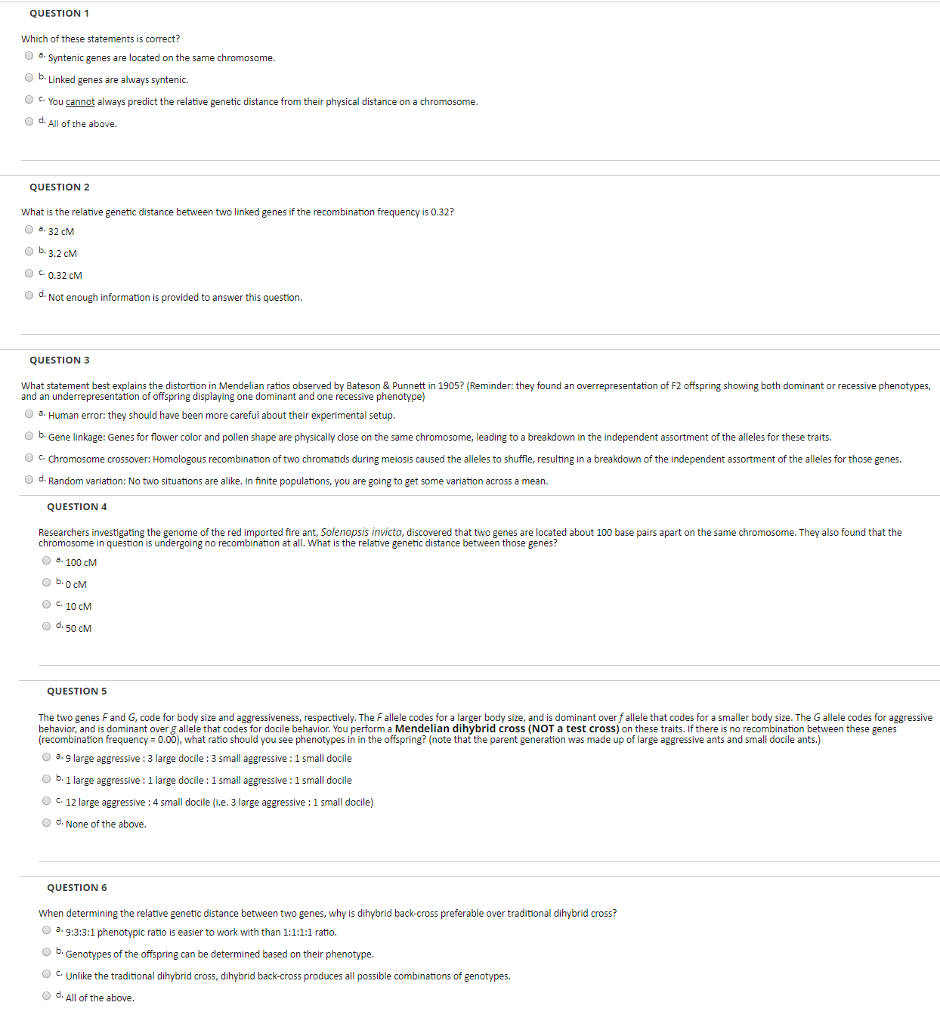knowseverything844
jatinvarshney844University of the Highlands and Islands
1 Follower
1 Following
0 Helped
3 Sep 2023
Connecting
3 Sep 2023
Answer: The molar mass of water (H2O) is around 18.01528 grams per mole.
3 Sep 2023
Answer: Efficiency
3 Sep 2023
Answer: Filtration
3 Sep 2023
Answer: Drying
3 Sep 2023
Answer: Asepsis
3 Sep 2023
Answer: Deoxygenation
3 Sep 2023
Answer: Disturbance
3 Sep 2023
Answer: Hypoxia
3 Sep 2023
Answer: Sterility
3 Sep 2023
Answer: Development
3 Sep 2023
Answer: B
3 Sep 2023
Answer: Oxygen
3 Sep 2023
Answer: 1. Asepsis2. Dissemination
3 Sep 2023
Answer: e. Inactivation of voltage-gated Na+ channels.
3 Sep 2023
Answer: Windedness
3 Sep 2023
Answer: Burrowing
3 Sep 2023
Answer: Tainting
3 Sep 2023
Answer: Respiration
3 Sep 2023
Answer: Beverage
3 Sep 2023
Answer: 1. Proficiency: 1.92. Proficiency: 0.669
3 Sep 2023
Answer: 1. Span: 10 (b)2. Unaltered
3 Sep 2023
Answer: 28%
3 Sep 2023
Answer: Small Computer System Interface
3 Sep 2023
Answer: They actively transport sodium against its concentration gradient.
3 Sep 2023
Answer: B
3 Sep 2023
Answer: C A D E
3 Sep 2023
Answer: B
3 Sep 2023
Answer: C
3 Sep 2023
Answer:crackers
3 Sep 2023
Answer: corn, margarine, pasta with tomato sauce
3 Sep 2023
Answer: corn, margarine, pasta with tomato sauce
3 Sep 2023
Answer: 1 Cup of Soymilk
3 Sep 2023
Answer: Carbohydrates are composed of carbon, hydrogen, and oxygen.
3 Sep 2023
Answer:c
3 Sep 2023
Answer:d
3 Sep 2023
Answer: B
3 Sep 2023
Answer: bLinked genes are always syntenic
3 Sep 2023
Answer: All of the above
3 Sep 2023
Answer: B

